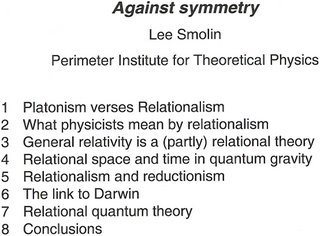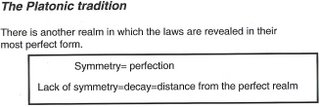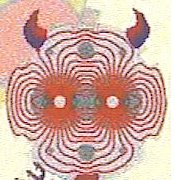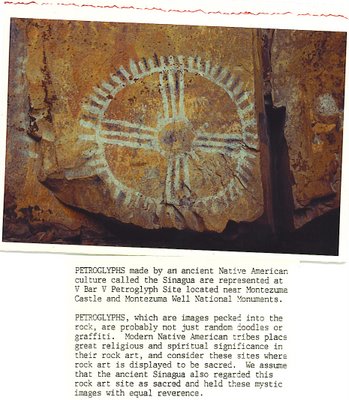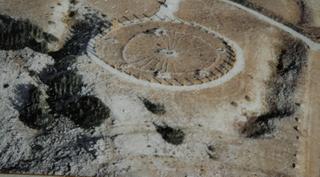I measured the skies, now the shadows I measure,
Sky-bound was the mind, earth-bound the body rests Kepler's epitaph for his own tombstone
I always like to go back as well and learn the historical, for it seems to pave the way for how our good scientists of the day, use these times to begin their talks.
From the outset, then, symmetry was closely related to harmony, beauty, and unity, and this was to prove decisive for its role in theories of nature. In Plato's Timaeus, for example, the regular polyhedra are afforded a central place in the doctrine of natural elements for the proportions they contain and the beauty of their forms: fire has the form of the regular tetrahedron, earth the form of the cube, air the form of the regular octahedron, water the form of the regular icosahedron, while the regular dodecahedron is used for the form of the entire universe. The history of science provides another paradigmatic example of the use of these figures as basic ingredients in physical description: Kepler's 1596 Mysterium Cosmographicum presents a planetary architecture grounded on the five regular solids.
Perhaps on an "asymmetrical recognition" of what becomes the "matter distinctions" of form, from "another world perspective" to what beauty and harmony mean and housed within the definitions of symmetry.
So while you may have been fast track by Lee Smolin in his lecture talk in Paris of 2006, think carefully about what the Platonic tradition means, and what is revealed of the "asymmetrical/entropically challenged views developed from the high energy sector.
Johannes Kepler (December 27, 1571 – November 15, 1630)
For instance, Kepler was explicit about the intellectual safeguards that, in his view, the Christian faith provided for scientific speculation. In connection with the apriorism of the world view of antiquity (a good example is the Platonic dictum Ex nihilo nihil fit—nothing is made from nothing), he wrote: "Christian religion has put up some fences around false speculation in order that error may not rush headlong" (Introduction to Book IV of Epitome astronomae copernicanae, c1620, in Werke Vol. VII p. 254).
So even though Platonic contrast the Pythagorean views, Plato has an idea about what existed before all things manifested. So to think such solids could have made their way into the various forms, what were these descriptions, if not for the very idea of the birth of the universe of Kepler's time?
Kepler's Platonic solid model of the Solar system from Mysterium Cosmographicum (1596)
So in speaking to the information based on symmetries how could one have formed their perspectve and then lined up one line of thought with another?
Philosophically, permutation symmetry has given rise to two main sorts of questions. On the one side, seen as a condition of physical indistinguishability of identical particles (i.e. particles of the same kind in the same atomic system), it has motivated a rich debate about the significance of the notions of identity, individuality, and indistinguishability in the quantum domain. Does it mean that the quantum particles are not individuals? Does the existence of entities which are physically indistinguishable although “numerically distinct” (the so-called problem of identical particles) imply that the Leibniz's Principle of the Identity of Indiscernibles should be regarded as violated in quantum physics? On the other side, what is the theoretical and empirical status of this symmetry principle? Should it be considered as an axiom of quantum mechanics or should it be taken as justified empirically? It is currently taken to explain the nature of fermionic and bosonic quantum statistics, but why do there appear to be only bosons and fermions in the world when the permutation symmetry group allows the possibility of many more types? French and Rickles (2003) offers an eccellent and updated overview of the above and related issues.


